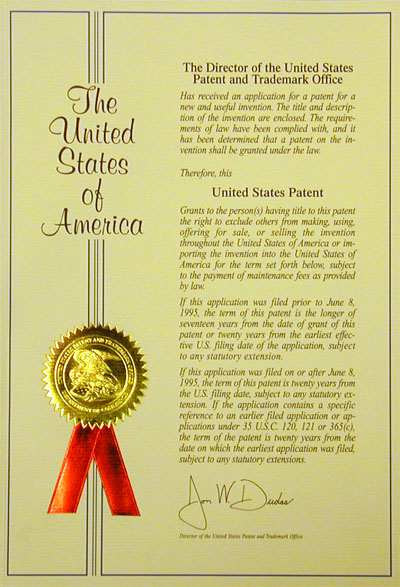By David Drake GroundFloor, a peer-to-peer real estate lending platform, is launching a landmark securities offering that...
United States
Rob McInnes is a Partner at Dibbs Barker in their Intellectual Property Group. He advises established businesses, start-ups, research organisations,...
This is the third article in a series of articles from entrepreneurs that have been through Incubate, the...


